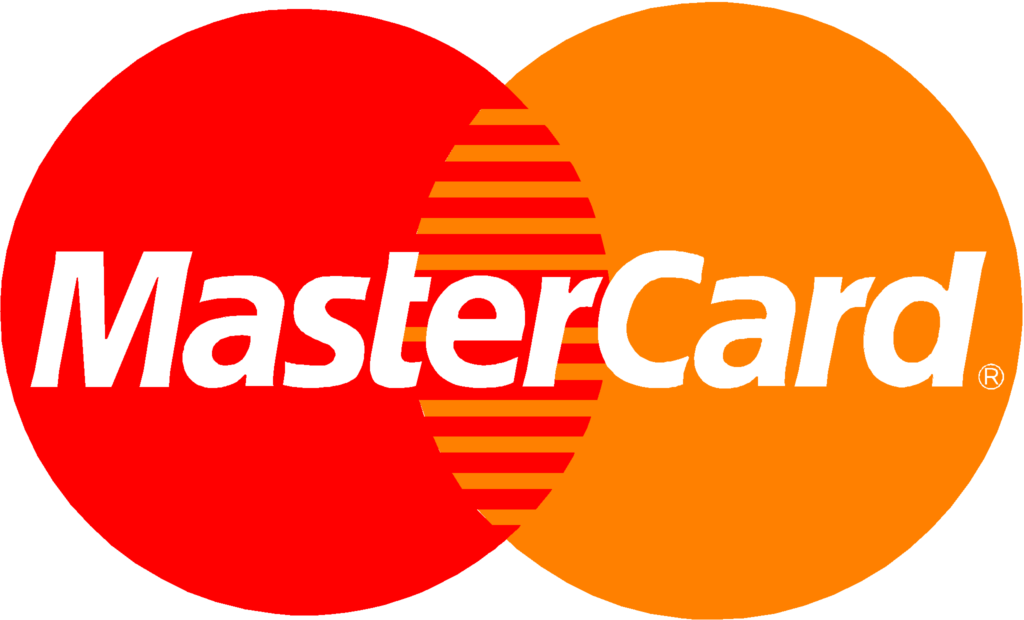Are you studying SEO, and do you want to optimize the rankings of the content on your website to get even more visitors to your website? Then you should pay some close attention to internal linking structure of your site.
A logical and structured website is very important for users and search engine friendliness.
But why is it so important? And how can this be achieved?
Read on and start with the optimizations today!
What is the Internal Link Structure?
If you are immersing yourself in SEO and content optimization, then you have probably come across one of these terms or its synonyms.
- The SEO spider web
- Internal link building or simply
- The internal link structure of your website
By linking pages, you are able to transfer link juice or SEO value between pages and also ensure users are able to have a smooth navigational journey on your website .
Internal links, therefore, have a ‘dofollow’ tag as standard. Google understands that these links are to be followed. Do you want a page behind the link not to be followed by search engines? Then use the no-index tag on this page; with this, you give a ‘nofollow’.
SEO tools for the internal link structure
Handy SEO tools that you can use to map out your internal link structure are Ahrefs, ScreamingFrog, SEMrush and even Google Search Console or the internal link checker. When using ScreamingFrog or Deepcrawl, for example, you can have the website crawled, in the same way, a Googlebot, Google’s crawler, for example, would.
In this way, they map out which websites and pages are relevant and valuable on your website.
You can export the data from these tools and it gives you insight into your website. You can see which pages link to each other, which pages call a 404 or which pages have no internal links at all.
Pages without internal links
If a page does not receive internal links, it is called an ‘orphan’ page. These pages are more difficult to find for search engines. These pages receive no value from other pages, and the chance is small that external backlinks are present. Crawlers can then only view these pages via your XML sitemap or if you have them indexed manually in Google Search Console. This is not good for findability.
For a page to be part of the ‘SEO spider web’, every page must have at least one internal link. So there must be at least one page that points to that page. It is much better, however, that several internal links point to a page. This makes it the easiest for Google to follow.
Internal link building
Internal linking often happens without even thinking about it, for example, because you want to highlight a specific term or page and give people the option to read or view more about it. You then provide a clickable link (hyperlink) in the text to another page. Your menu or footer is also made up of links that are internally linked to your website. This creates cohesion between different pages and ensures that your entire website is assessed as a valuable collective by search engines.
Search engines also pick up on the relevance. This, coupled with good content, ensures that the website is recognized as a reliable and authoritative resource
What is the difference between internal and external link building?
In addition to using internal link building, as a marketer, you can also engage in external link building; obtaining links from an external website to your own website. This is really a profession in itself, which also involves various strategies.
As a website, you need a lot of valuable content to be seen as interesting in terms of obtaining backlinks. More Quality backlinks to your website means that you have a relevant and important website, which, according to Google, will have an authoritarian position and therefore rank high.
Obtaining external links will therefore only be possible if you add value for another party with your content. The more high-value external links point to your website, the higher your position in the search engine result pages (SERP) will be. Of course, you can also link externally from your own website to other websites or social media pages. The working method is not very different from the internal link building.
Internal link structure: Why is it important?
You want to ensure clear navigation and make the website as user-friendly as possible to increase the dwell time on the website and the chance of a conversion. The dwell time maps how long a visitor stays on your website after it has arrived on the website from the search engine results.
“Google values this”
Visitors use the internal link structure to navigate within the website. Make sure that you ensure as little distraction as possible on the conversion page. The use of (internal) links should be minimal here.
But as a marketer, you should not only create a pleasant website for your visitors, you should also focus on search engine optimization, making the website easier to find. The internal link structure of your website can contribute to better findability in Google; the more internal (and external) links your website, or even a specific page has, the more value Google attaches to this.
NOTE: Watch out for your precious ‘link juice’ and don’t overkill links in an article or on a page. Think of this as a total of 100% of your page. If you add five links in an article, each page will receive 20% link juice. The more links, the less value is assigned per link.
It starts with setting up your website structure as logically as possible. Think of a website as a book, with the homepage reflecting the table of contents. From the homepage, users will navigate to rest of the website. From there, users can navigate to the main categories, such as overview pages or important pages that must be found quickly through the header or footer. This includes subcategories such as a product page, which may include niche subcategories. For an informative site, these could be blog pages. So set this up in such a way that Google is able to understand this and is able to find your important pages easily.
What is a good internal link structure?
As long as you remember that the most value is given to the homepage, you can work on the so-called SEO spider web from there. Make sure that your website is structured as logically as possible.
An internal link structure must not only be designed with the user in mind but also for the search engines. In the ideal world, it would take a visitor a maximum of three clicks to navigate from the home page to pretty much all important pages.
Websites that focus on conversion can send the visitor in the right direction through internal link building. It is important that all internal links are up-to-date. Old links or links that point to 404 pages will only be experienced as annoying, which increases the chance that the visitor will leave your website faster. But Google also charges down points for 404 pages. These are a waste of your crawl budget, so you want to minimize them at all costs.
A good internal link structure is therefore, an essential part of your SEO strategy and will undoubtedly influence the positions you achieve in the SERP.
TIPS internal link structure
Are you optimizing an existing website, or do you need to develop a new website with content?
In both cases, it is advisable to map out the website structure at the very start. There are also possibilities to partly automate the internal link structure:
- Provide relevant internal links
It seems obvious, but by connecting logical pages, you keep it relevant, and Google will also consider certain pages as ‘hotspots’. A webshop with the category page ‘ladies’ shoes’ would not easily link internally to the’ washing machines’ category page. It makes sense to link to a product page or a sub-category page such as ‘sneakers’.
- Realize an XML sitemap
By means of an XML sitemap, you map out what your website structure looks like and indicate which pages have priority. Make sure to upload the correct versions in Google Search Console. The XML sitemap is an overview that is intended for search engines so that they can crawl and index the pages. Search Engines like google will then determine what pages you want to index and how all the pages are linked to each other. This is done by means of a crawler, and the XML sitemap helps the crawler to better understand your website.
- Provide clear anchor texts
When using hyperlinks in texts on pages, it is important to insert the visible text (anchor text) of that hyperlink as clearly as possible. Anchor texts such as ‘click here’ are less understandable for search engines, while a written anchor text clearly indicates what the page behind the link is about. You also create more cohesion between the pages, for which Google rewards. Don’t make them too commercial and ensure diversity. If you always link with the same anchor text and also include the main keyword of the linked page, you are spamming in the eyes of Google.
- Make sure you have enough link juice.
Internal links should be added to the most important pages. Put these pages in the header; then they will get a lot of internal links from all the pages you have. The position of the link at the beginning of the text also gets more value than a link at the end of the page. As mentioned, there should be no overkill of links, but make sure you have pages with relevant and qualitative content and pages that have already achieved a high position in SERP.
- Make use of ‘breadcrumbs’
By adding breadcrumbs, you provide insight into the path traveled by the website visitor. You will find this at page’s top, such as the example of H&M. Breadcrumbs are not only a relevant addition to the navigation for the visitor, but also for the crawling of the website. You can also use the breadcrumbs to provide internal links as a hyperlink.
- Internal linking: ‘keep it simple’
Finally; remember not to make it too complex. Some websites put 50 to 100 links in the footer. Not only is this very unnatural, Google understands that this is purely aimed at achieving SEO advantage. So you may not gain any extra value with this.
The above tips would help you work with the internal linking structure of your website. The use of SEO tools is also highly recommended so that you understand where the profit can be made.










